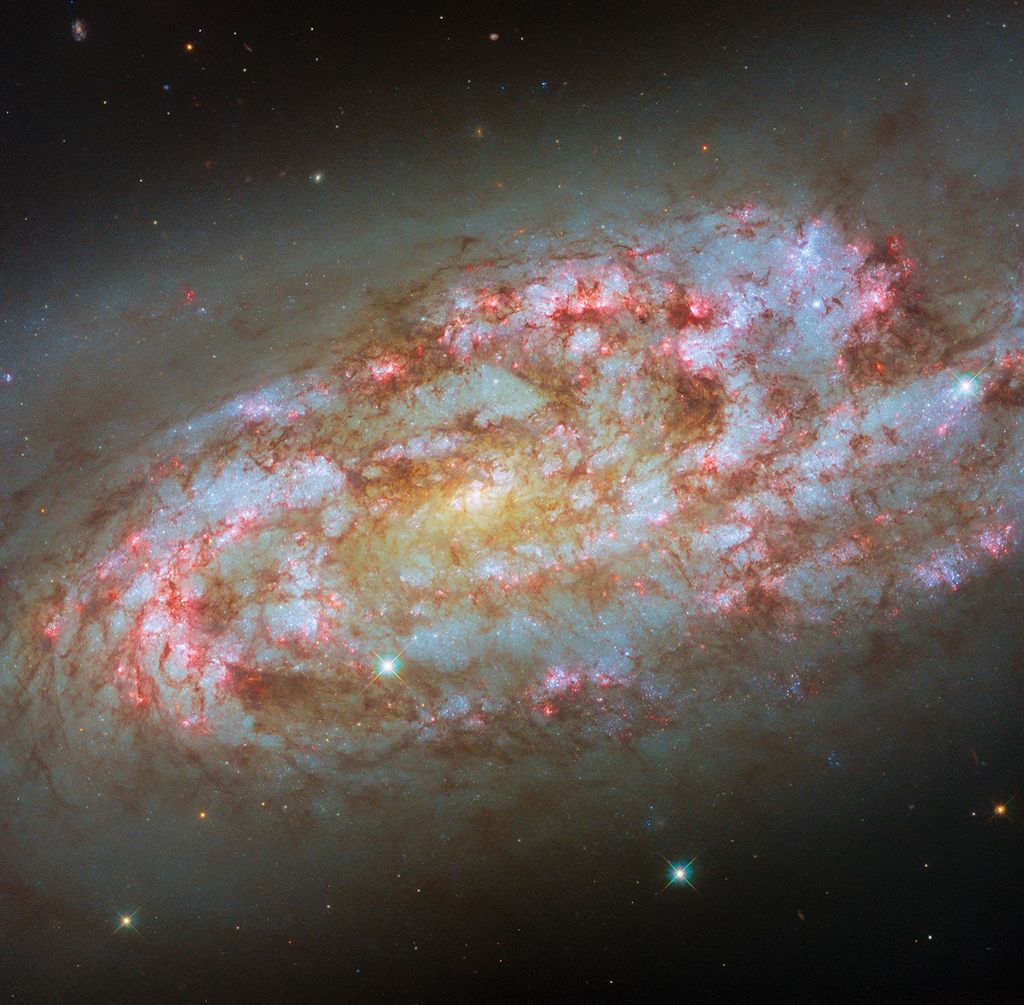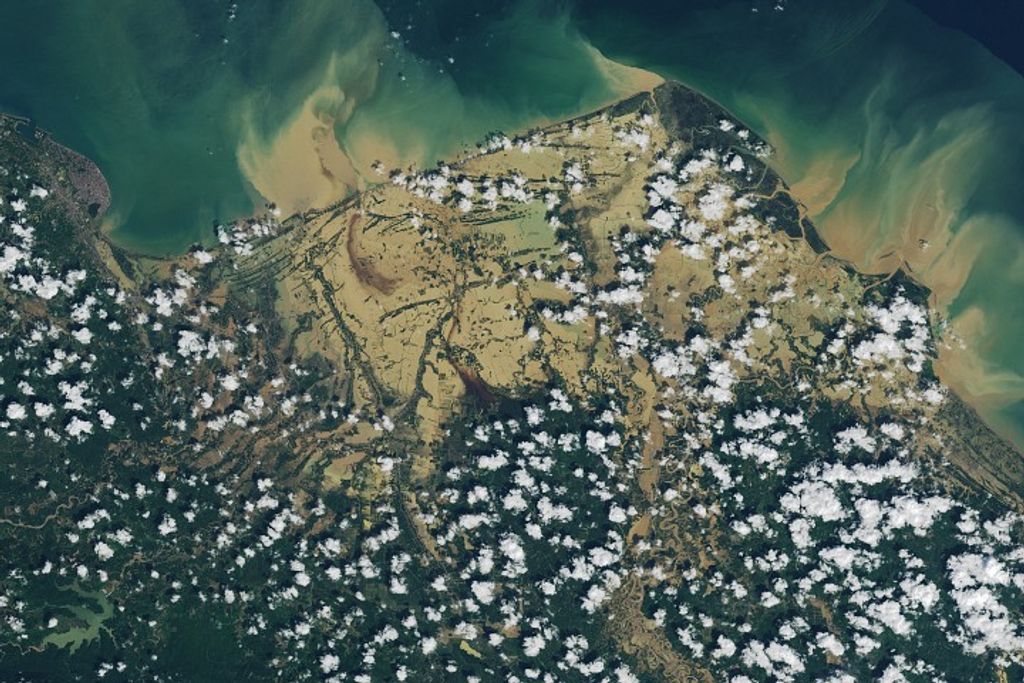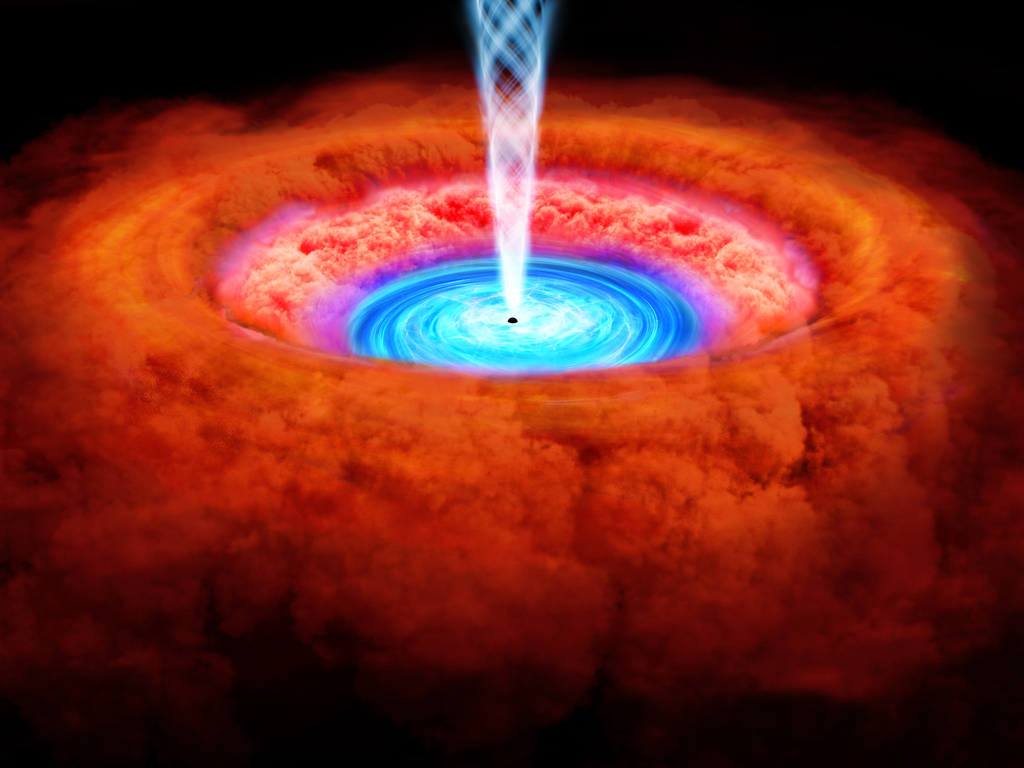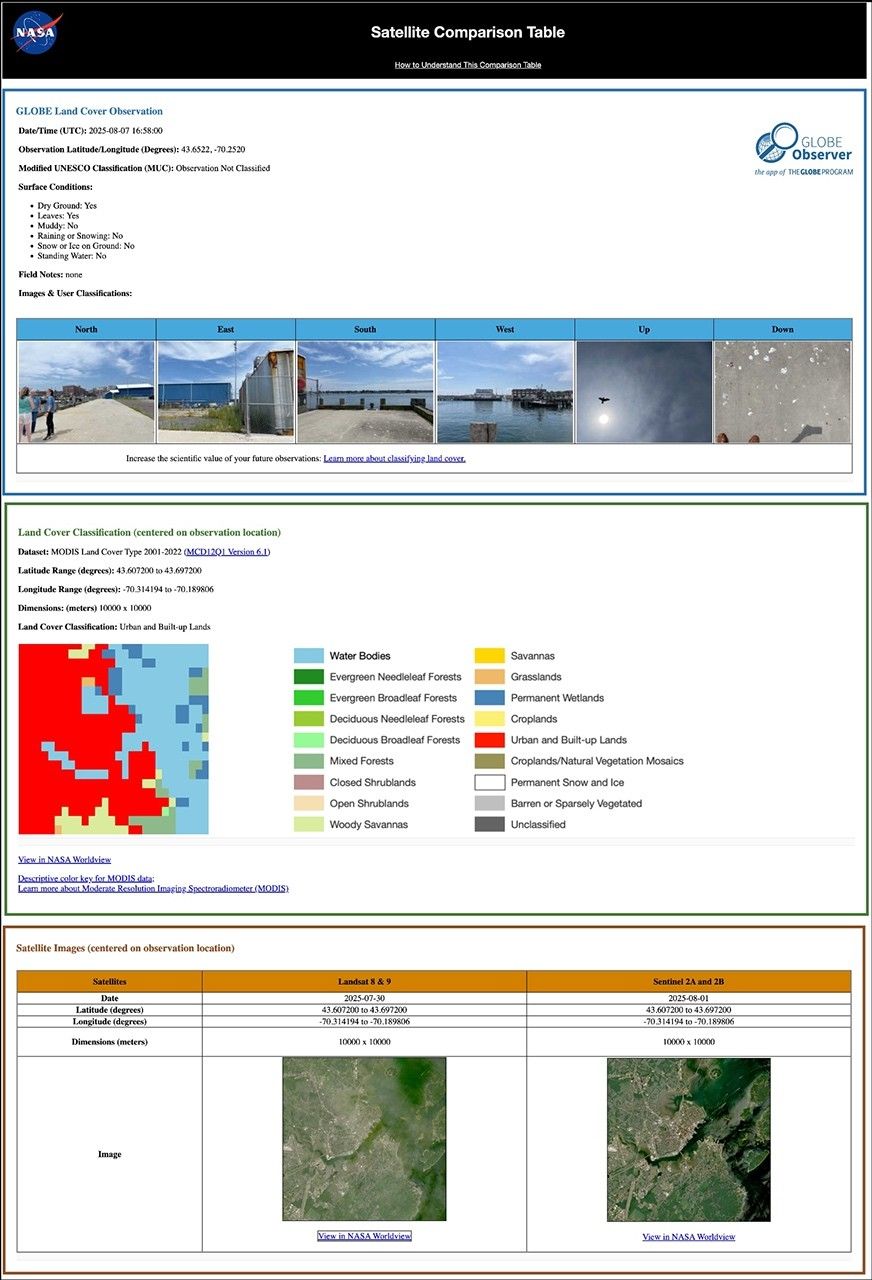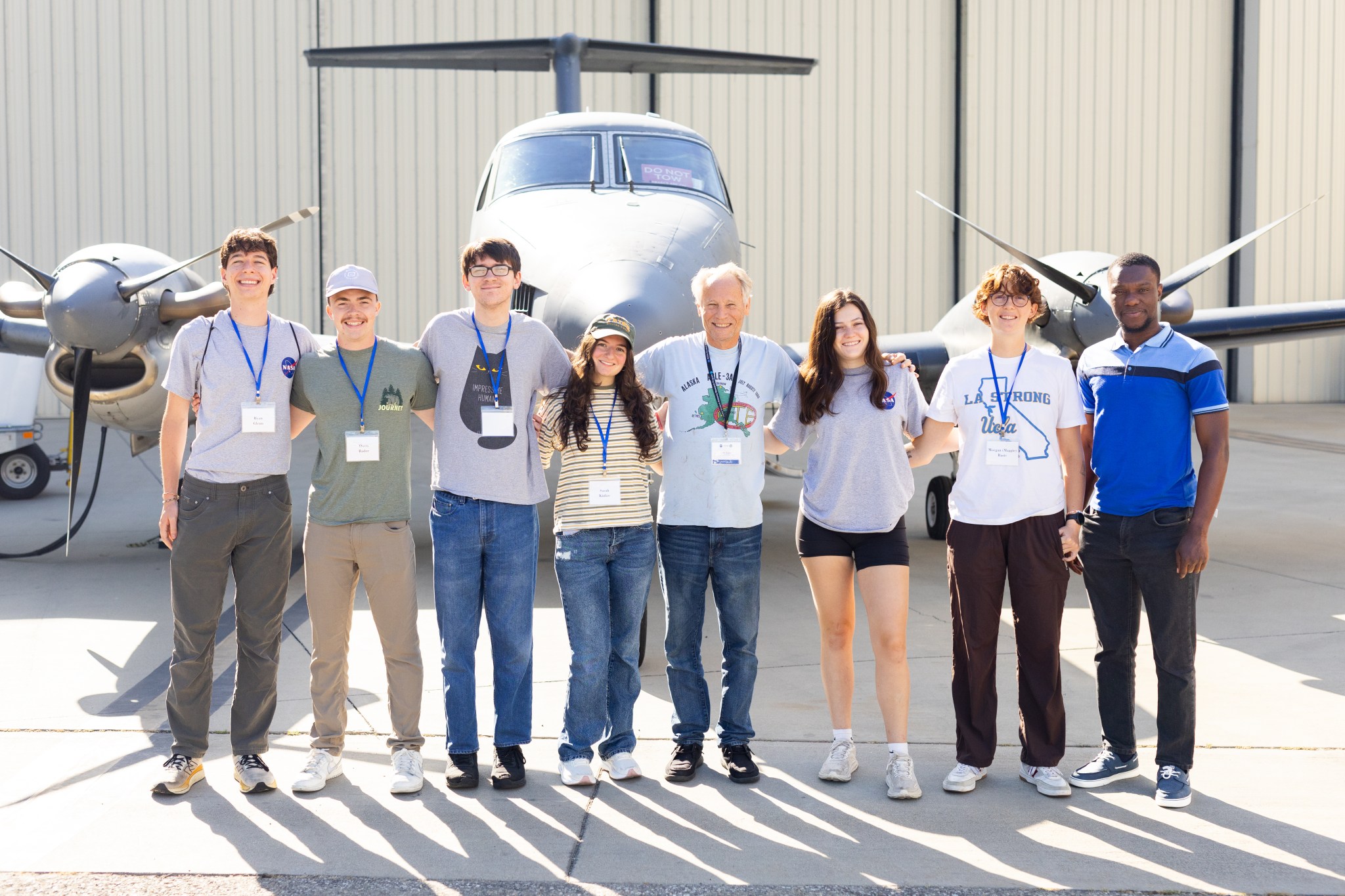
Faculty Advisor:
Donald Blake, University of California, Irvine
Graduate Mentor:
Oluwaseun Moses Akinola, University of Connecticut
Whole Air Sampling Group Introduction
Faculty Advisor Donald Blake
Sarah Kinlaw
Impact of Dairies on Ozone Production in Ontario, CA
Sarah Kinlaw, College of William & Mary
In the center of Ontario, California’s urban sprawl sits 5 square miles of livestock farming, including many dairies. Emissions from silage from dairy farms result in significant amounts of ethanol and methanol entering the atmosphere. These volatile organic compounds (VOCs) can participate in the formation of tropospheric ozone through oxidation and photolytic processes. Ozone is known to have negative impacts on humans, agriculture, and the climate. Of concern is that the dairy regions and regions downwind will likely have enhanced levels of ozone. In this study, 19 samples were collected from dairy farms and downwind sites over two days. The extent of enhancement in reactive species was determined by comparing concentrations of speciated VOCs, collected from air samples from the downwind sampling sites, with estimated upwind background concentrations. The “ozone production potential” (OFP) was estimated by multiplying the mixing ratios of VOCs of interest by their respective hydroxyl rate constants, and it was found that methanol and ethanol were the major VOC contributors to OFP. HYSPLIT trajectory modeling was used to determine the dispersion patterns of air masses originating from the dairy farm area and identify potentially impacted downwind communities. This analysis emphasizes the need for more robust air quality and agricultural management with a focus on directing policies to improve air quality at a local and regional scales.
Ryan Glenn
Examining the Chemical Composition and Evolution of Palisades Fire Gas Emissions
Ryan Glenn, Dartmouth College
Wildland-urban-interface (WUI) fires in the US are increasing in frequency and intensity with disproportionately large impacts on air quality and human health. The 2025 Palisades Fire alone destroyed nearly 7,000 structures and displaced more than 30,000 people. Despite their significance, they remain understudied compared to wildland fires, especially in regard to emission composition, evolution, and ozone formation potential. Here we analyze trace gases and volatile organic compounds (VOCs) collected via air canisters during the Palisades Fire and use the Framework for 0-D Atmospheric Modeling (FOAM) box model to simulate their evolution. Gas chromatography-mass spectrometry reveals high daytime VOC concentrations despite the increase of the boundary layer. C1-C4 oxygenates exhibited by far the highest reactivity and concentrations, accompanied by alkanes, alkenes, aromatics, biogenic, and chlorinated compounds indicative of the combustion of anthropogenic materials. Using the sampling data to constrain the FOAM box model, we characterize the regime as primarily VOC-limited and identify acetaldehyde and methanol as key ozone precursors and nitric acid as the primary nitrogen oxide (NOx) sink. These findings suggest that targeted reductions in oxygenates will be most effective in mitigating ozone formation from WUI fire emissions. This study has significant implications for wildfire air quality management and highlights the need for further research comparing WUI and wildland fire emission chemistry.
Riley Gallen
Temporal and Spatial Analysis of Nitrogen Dioxide (NO₂) in Long Beach: Assessing Its Role in Ozone Formation and Impact on Nearby Communities/Coastal Ecosystems
Riley Gallen, University of Florida
Nitrogen dioxide (NO₂), a key precursor to ozone formation, is emitted from various combustion sources including vehicles, cargo ships, and power plants. In Long Beach, California, these sources are concentrated around highways and the busy port, thus raising concerns about localized air pollution and its broader environmental impact. This project investigates NO₂ concentrations over Long Beach using NASA’s B200 and DC-8 aircraft flight data from 2019, 2021, and 2025. Data were analyzed through latitude–longitude mapping and altitude comparisons to assess temporal trends and spatial distribution of NO₂. The 2021 dataset, collected during pandemic-related port congestion, showed elevated NO₂ levels, though seasonal differences required comparison between 2019 and 2025 for consistency. Overall, NO₂ concentrations increased in 2025 relative to 2019. HYSPLIT wind trajectory modeling often carried pollutants inland, particularly toward the communities of Wilmington and West Long Beach, which already experience elevated respiratory health risks due to pollution exposure. Although the scope of this study was not to determine the exact NO₂ sources in Long Beach, the prevailing wind patterns as indicated from the HYSPLIT model suggests the port as a likely source. While inland transport dominated during the selected flight days, wind patterns are unpredictable. This variability suggests that NO2 and its photochemical transformation into ozone could occur over adjacent marine ecosystems such as Bolsa Bay State Marine Conservation Area and Albone Cove State Marine Conservation Area. Collectively, this study highlights the potential impacts of NO₂ exposure on local communities and nearby coastal ecosystems and emphasizes the need for continued monitoring and apportionment of sources of NO2 in urban coastal regions.
Owen Rader
Quantifying the Impact of Meteorological Variables on Wildland Fire Spread
Owen Rader, University of Delaware
Past studies have revealed that wildfire is becoming more extreme due to increasing hydroclimate variability. Using Los Angeles County’s Eaton Fire, a primarily wind-driven fire, as a case study, I simulate the fire under isolated meteorological variables with a focus on quantifying the impacts of wind speed simulations on the fire’s spread. A comprehensive analysis of the Eaton Fire’s spread can indicate how Wildland Urban Interface (WUI), a growing transition zone particularly in Southern California, is vulnerable to enhanced fire activity under different meteorological conditions. This study aims to demonstrate how fuel metrics behave under different wind conditions, thus providing valuable insight into the potential rates of spread and response times to wildfire-encroached WUI areas. To achieve this, LANDFIRE surface/canopy fuel products and topographical products are used as pre-model run fire parametrizations using FLAMMAP’s built-in Landscape file generator, using variable wind speeds while holding other values constant, to output fuel-load metrics. Following this, I utilized ARSITE, a built-in application to FLAMMAP, to simulate several scenarios over time, using real-time ERA5 Reanalysis meteorological data from the wildfire event period, and quantified the impacts of variable wind speeds. These model runs can provide valuable insights into how fires behave under varying meteorological conditions, which can be further quantified through future research to better understand how a shift towards hydroclimate extremes impacts WUI fires.
Stephen Shaner
Analysis of Bromoform Concentrations and Impact in California
Stephen Shaner, University of Maryland, Baltimore County
Bromoform is a haloalkane which is commonly found over the ocean, with major sources being marine organisms such as phytoplankton and macroalgae. This compound has been measured around California during the NASA Student Airborne Research Program flights campaigns since 2010. Within this sampled period, 2014 showed significantly higher bromoform concentrations than any other measured year. In this study, the concentrations of bromoform from 2010–2022 were analyzed and consistently higher than average concentrations were evident over the Los Angeles, Long Beach, and Inland Empire area. The effect on ozone concentrations in the atmosphere caused by the higher concentrations was measured using the Framework for 0D atmospheric modeling (F0AM). It was found that at its peak of 28 ppt, bromoform decreases ozone concentration by 0.14% at the altitude where the sample was taken. However, the potential impact in the stratosphere of Br radicals which come from Bromoform is expected to be higher due to its reaction rates with various molecules commonly found in the stratosphere.
Maggie Rasic
Shifting Seas and Changing Chemistry: Gaseous Emissions in Upper Newport Bay
Maggie Rasic, University of California, Los Angeles
Coastal wetlands are ecologically rich environments that provide critical regulatory services, including carbon storage and nutrient cycling. However, these ecosystems are vulnerable to the impacts of sea level rise, which may alter biogeochemical cycles and enhance the production of trace gases. This study analyzed whole air samples collected across six sites spanning from San Diego Creek to Upper Newport Bay to investigate the spatial and temporal patterns of volatile organic compound (VOC) emissions at the study areas, with a focus on halomethanes and methane. Results showed increasing concentrations of halomethanes (specifically CHBr₃, CH₃Br, and CH₃Cl) as sample sites increase in proximity to the mouth of Newport Bay. Further research could indicate possible relationships between salinity, microbial activity, and halogenated compound production. Additionally, at the site closest to the ocean, a notably elevated concentration of methane was observed, a common byproduct of anaerobic microbial decomposition in wetlands. These findings suggest that sea level rise could intensify the production of both halomethanes and methane in coastal wetlands. Given their roles as potent greenhouse gases and, in the case of halomethanes, as stratospheric ozone-depleting substances, this emphasizes the importance of monitoring trace gas fluxes in dynamic coastal environments.




